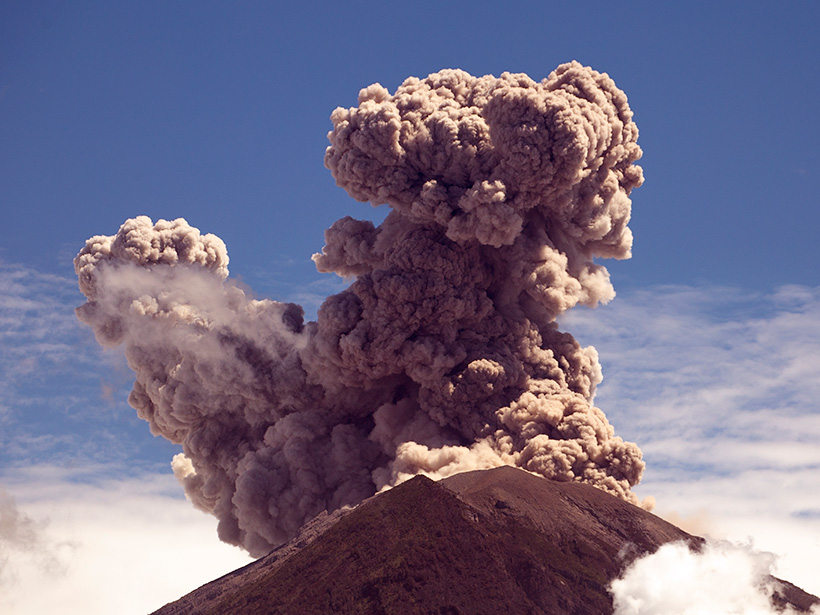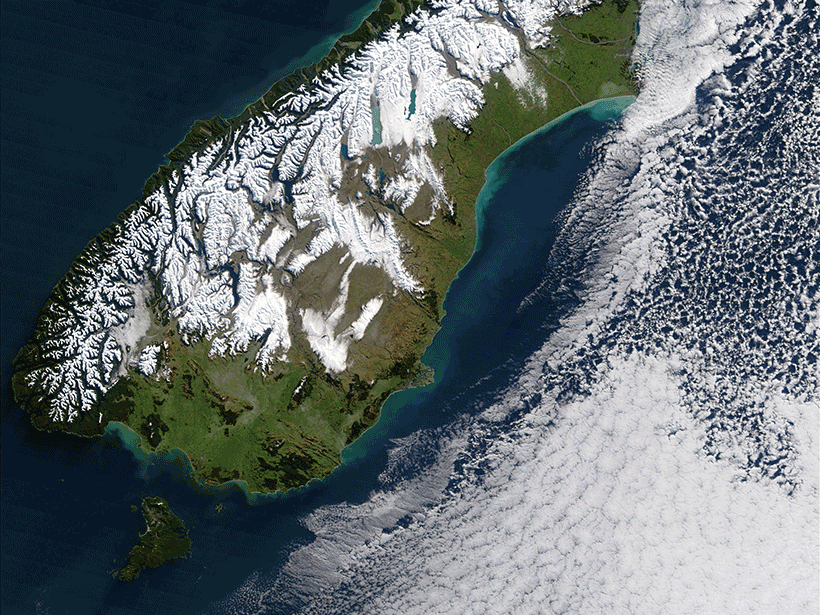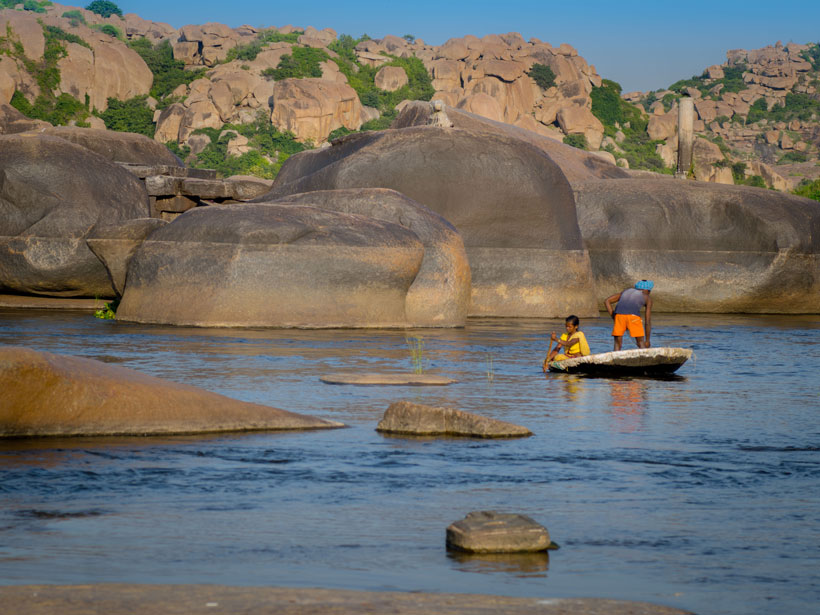Improving our understanding of hazards posed by future large earthquakes on the Cascadia Subduction Zone requires advancements in the methods and sampling used to date and characterize past events.
plate tectonics
Lava from Bali Volcanoes Offers Window into Earth’s Mantle
Lava from the Agung and Batur volcanoes provides a near-pristine picture of Earth’s mantle and raises questions about all volcanoes along the Indonesian Sunda Arc and beyond.
Volcano—Tectonic Interactions at Etna
Mapping of a 2018 earthquake that ruptured the eastern flank of Mount Etna shows that it occurred on a tectonic lineament that predates the volcano, and the kinematics match nearby tectonic domains.
Learning from a Disastrous Megathrust Earthquake
Ten years of interdisciplinary studies since the disastrous Tohoku-oki earthquake have improved our knowledge of earthquake-cycle processes and hazard, but prediction of such events remains elusive.
Subduction Initiation May Depend on a Tectonic Plate’s History
New seismic imaging study of the Puysegur Trench aims to solve one of the last major questions in plate tectonics.
A Closer Look at the Creation of a Metamorphic Sole
Detailing the development of the metamorphic sole beneath the Oman–United Arab Emirates ophiolite provides insight into subduction zone processes.
Past Climate Change Affected Mountain Building in the Andes
Increased glaciation in the North Patagonian Andes may have influenced tectonic dynamics over the past 7 million years, suggesting a connection between climate change and mountain-building processes.
Probing the Age of the Oldest Ocean Crust in the Pacific
A new study extends the calibration of the Mesozoic Sequence down to the Mid Jurassic with multiscale marine magnetic anomaly data, demonstrating extraordinarily high reversal frequency.
Cratons, Why Are You Still Here?
How have these continental relics from Earth’s early history survived the plate tectonic mixing machine?










